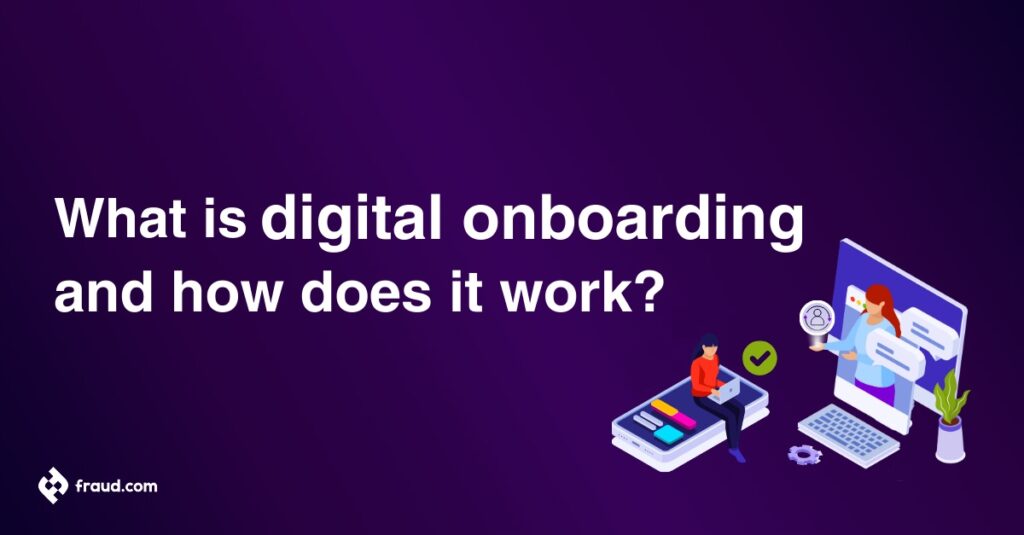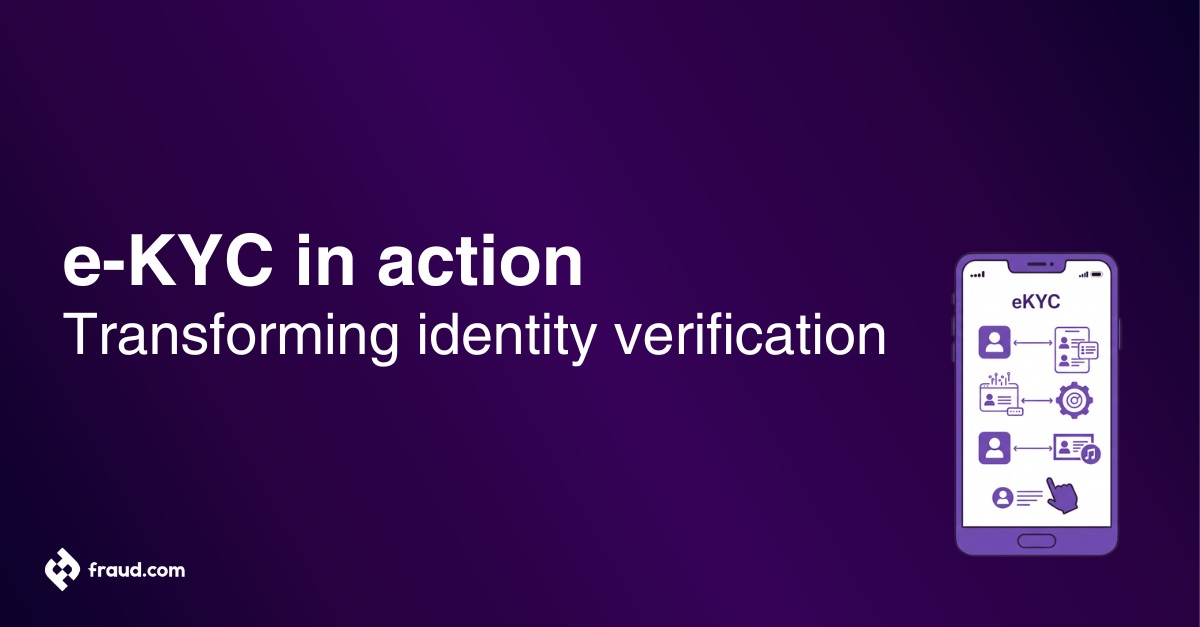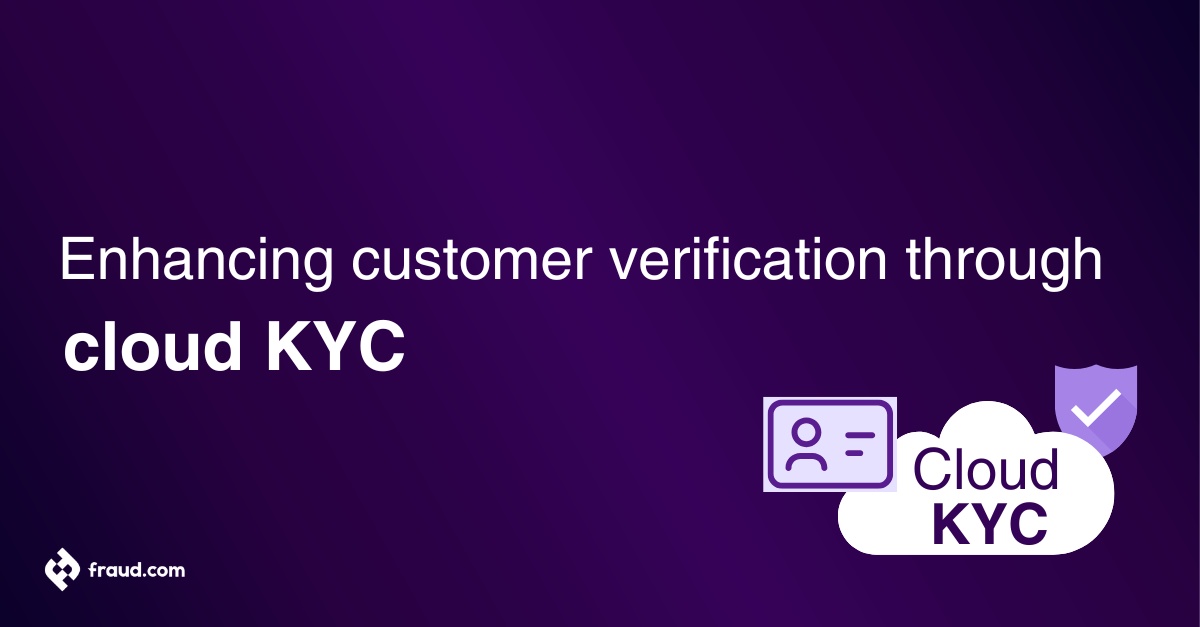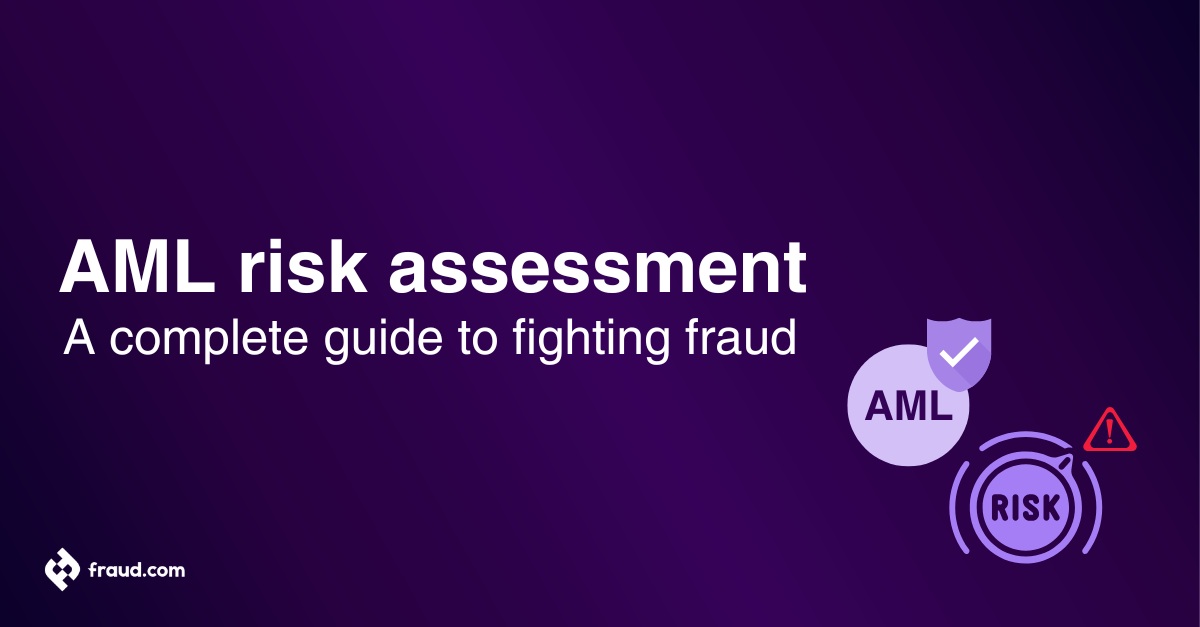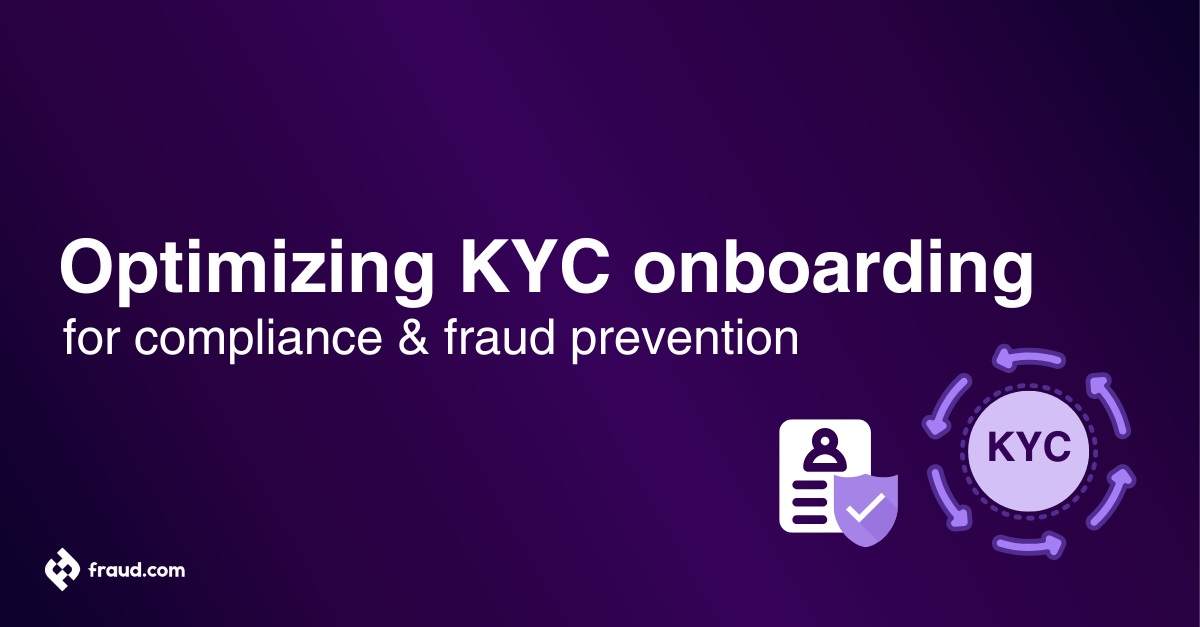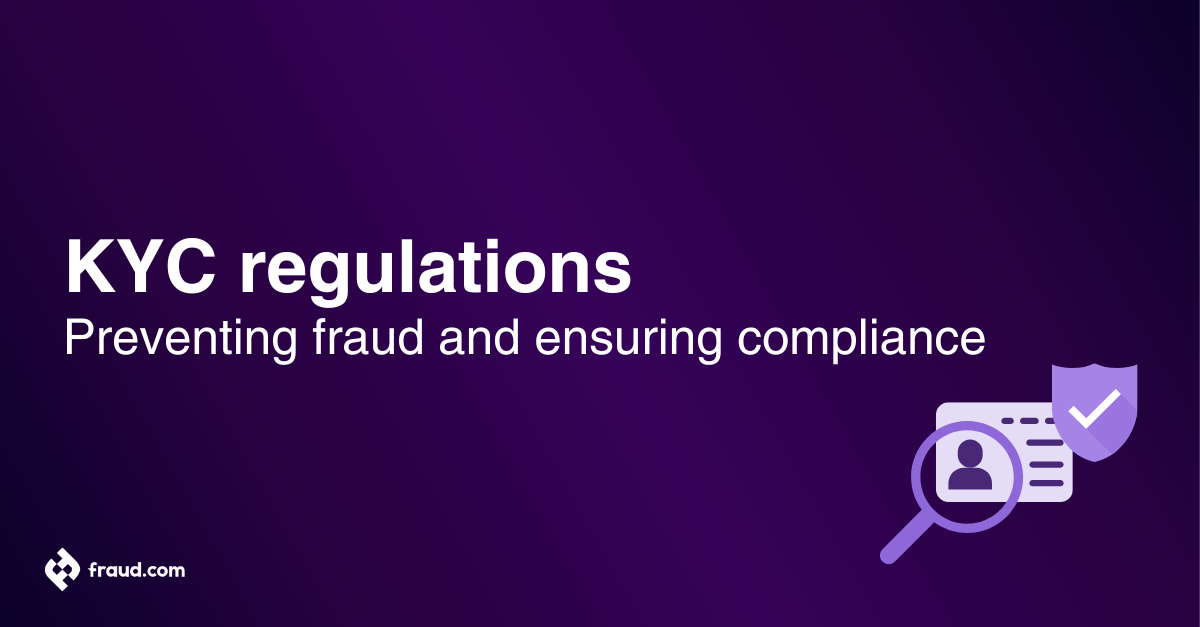In our digitally driven era, we have revolutionised the concept of onboarding. Companies and organisations can now provide their customers and users with a swift, secure, and convenient onboarding experience through digital means. This comprehensive article seeks to demystify digital onboarding, outlining its function and value across diverse industries.
Beyond that, digital onboarding employs sophisticated technologies such as artificial intelligence, machine learning, and biometrics to streamline the process. As consumers increasingly expect seamless digital experiences, it provides an opportunity for companies and organisations to meet these expectations while optimising their own operations.
Through digital onboarding, businesses can attract and retain more customers, increase operational efficiency, and fortify their systems against fraud. Ready to delve deeper? Let’s explore what digital onboarding truly entails and its beneficial impact on the modern panorama of businesses and organisations.
Table of Contents
ToggleWhat is digital onboarding?
Digital onboarding is the remote process that facilitates efficient enrolment and integration of users into a company’s platform or services online, particularly in cases of remote customer onboarding. This method not only enhances the user experience for both users and organisations, but it also provides an accessible, seamless, and efficient pathway to service engagement.
Moreover, digital onboarding is instrumental in leveraging clients’ initial interactions with the company. It offers a model of operation that is tuned to real-time requirements, continuously evolving with technological advancements. This revolutionary induction approach has emerged as a fundamental tactic for businesses and institutions striving to stay competitive in today’s digital landscape. It enhances the integration of customers and users while maintaining robust security measures and fostering trust throughout the procedure.
What is digital onboarding in banking?
Digital onboarding in banking is a streamlined customer-centred approach that catalyses the process of opening bank accounts online and accessing financial services online. This innovation within the financial world revolutionises the account opening experience for both customers and financial institutions through its seamless integration of convenience, efficiency, and sophistication.
Through digital onboarding in banking, financial institutions can swiftly onboard their customers by offering a digitised, simplified, and more efficient application process. This paradigm shift from traditional paper-based procedures to digital ones eradicates prolonged waiting periods and the need for physical documents, delivering a frictionless customer journey from initiation to completion.
Furthermore, digital onboarding in banking fosters an environment that supports stringent security checks, such as KYC (Know Your Customer) norms and AML (Anti-Money Laundering) regulations, achieved via meticulous data verification and advanced encryption tools. This blend of customer-centric convenience and robust security is reshaping the banking landscape, optimising experiences for all stakeholders.
How does digital onboarding work?
Digital onboarding operates through a series of meticulously designed steps that seamlessly integrate users into the digital ecosystem of a company or organisation. Leveraging advanced technologies and user-centric methodologies, digital onboarding redefines the traditional onboarding process, making it swift, secure, and hassle-free.
- Initial engagement: The digital onboarding journey typically begins with the user’s initial interaction with the company’s platform or services online. This could involve visiting a website, downloading a mobile application, or accessing a specific online portal.
- User identification: Once the user expresses interest in engaging with the company’s offerings, digital onboarding kicks in by verifying the user’s identity. This step often involves the use of biometric authentication, document verification, or other identity validation methods to ensure the user’s authenticity.
- Data collection: Following successful identification, the digital onboarding process gathers necessary user information. This may include personal details, contact information, financial data (in the case of banking or financial services), and any other relevant information required for service provision.
- Validation and compliance: As part of ensuring regulatory compliance and security, digital onboarding incorporates validation checks. These checks may include verifying the user’s identity against established databases, conducting background checks, and confirming adherence to legal requirements such as KYC and AML regulations.
- Account creation or service activation: Once all necessary information is collected and validated, the user’s account is created, or the requested services are activated. This step marks the completion of the digital onboarding process, enabling the user to fully engage with the company’s offerings.
- Ongoing support and optimization: Digital onboarding doesn’t end with account creation; it extends into ongoing support and optimization. Companies often provide resources, tutorials, and assistance to help users navigate their newly onboarded status effectively. Additionally, feedback mechanisms may be implemented to gather insights for continuously refining the onboarding experience.
- Security measures: Throughout the entire digital onboarding journey, robust security measures are in place to safeguard user data and mitigate risks associated with fraudulent activities. Encryption, secure authentication protocols, and continuous monitoring are integral components of these security measures.
In essence, digital onboarding works by leveraging technology and user-centric approaches to streamline the enrolment and integration of users into a company’s digital ecosystem. By prioritizing efficiency, security, and user experience, digital onboarding enhances the onboarding process across diverse industries, empowering businesses to adapt and thrive in the digital age.
Types of digital onboarding
Digital onboarding encompasses various approaches tailored to meet the specific needs and requirements of different industries and use cases. Here are some common types of digital onboarding:
- Customer onboarding: Streamlines account creation and engagement to boost customer retention, vital for sustaining long-term relationships. Customer onboarding also gathers valuable data on customer preferences and behaviours for targeted marketing efforts.
- Employee onboarding: Integrates new hires efficiently via digital platforms for paperwork, training, and resource access, ensuring a smoother transition into the organization. Additionally, employee onboarding promotes a sense of belonging and alignment with the company’s culture and values.
- Financial onboarding: Simplifies banking processes, ensuring compliance and security for online transactions, fostering trust and confidence among customers. Moreover, it provides personalized financial recommendations and services based on individual needs and goals.
- Service onboarding: Guides users through service sign-up, enhancing their journey from registration to usage, resulting in higher user satisfaction and engagement. It also offers proactive support and troubleshooting to address any issues or concerns during the onboarding process.
- Product onboarding: Introduces users to product features and functionality through interactive guides, reducing learning curves and increasing product adoption rates. Additionally, it collects user feedback to iterate and improve the product experience over time.
- Partner onboarding: Facilitates seamless integration and collaboration with external partners or vendors, promoting mutually beneficial relationships and business growth. It also establishes clear communication channels and expectations to ensure smooth cooperation and project delivery.
Each type of digital onboarding is designed to address specific objectives and challenges within its respective domain, ultimately contributing to improved user experiences, increased efficiency, and enhanced business outcomes.
In addition to the aforementioned types of digital onboarding, there exist various methods through which the digital onboarding process can be executed. These methods leverage different technologies and approaches to cater to specific needs and preferences. Here are a few more types of digital onboarding methods:
- Automated process: Adopts automation like AI and chatbots to streamline onboarding, accelerating the process while ensuring accuracy. This method is particularly effective for handling high-volume onboarding tasks with minimal manual intervention.
- NFC-based process: Enables contactless communication for swift onboarding, ideal for industries like retail and hospitality. By leveraging NFC technology, users can easily transfer data without the need for physical contact, enhancing convenience and efficiency.
- Manual process: Involves human oversight and verification for sensitive or complex onboarding scenarios. While more time-consuming than automated methods, manual processes ensure meticulous attention to detail and compliance with regulatory requirements.
- Biometric process: Uses biometric authentication for enhanced security and user verification, applicable across industries. Biometric data, such as fingerprints or facial features, provides a robust and reliable means of identity verification, bolstering security measures.
- Video-based process: Allows remote onboarding through video conferencing, offering personalized assistance while ensuring convenience. With video-based onboarding, users receive real-time guidance and support from onboarding agents, fostering a human connection in the digital realm.
These additional types of digital onboarding methods demonstrate the versatility and adaptability of digital onboarding processes, catering to diverse needs and preferences across different industries and use cases. By leveraging innovative technologies and methodologies, companies can optimize the onboarding experience for their users while achieving operational efficiency and regulatory compliance.
The benefits of digital onboarding
- Enhanced user experience: Customers appreciate easy-to-understand, paperless processes that save them time once spent waiting in long lines and filling out complex documents. Digital onboarding provides an accessible and intuitive platform that ensures a smooth, customer-focused onboarding journey.
- Streamlined operations: For financial institutions, digital onboarding offers heightened operational efficiency. Routine tasks are automated, reducing manual errors, and enhancing the productivity of staff, providing an overall more efficient and effective service.
- Cost reduction: With efficient digitised processes, the investment in physical paperwork decreases significantly. By minimising costs related to printing, storage, and transportation of documents, digital onboarding is not only environmentally friendly but also a more cost-effective approach.
- Compliance improvement: Digital onboarding in banking fosters an environment that supports stringent security checks, including KYC and AML regulations. Achieved via meticulous data verification and advanced encryption tools, it ensures businesses stay compliant with various regulations, significantly reducing legal risks.
- Swift onboarding process: Digital onboarding reduces the turnaround time for onboarding new customers. This swift process, from initiation to completion, increases customer satisfaction, thereby boosting the institution’s reputation in the market.
- Increased efficiency: Digital onboarding eradicates prolonged waiting periods and the necessity for physical documents, offering a more straightforward application process.
- Robust security: Digital onboarding supports stringent security measures and data protection protocols, ensuring protection against threats and potential breaches.
- Optimised experiences: The blend of customer-centric convenience and robust security reshapes the banking landscape by optimizing experiences for all stakeholders.
The listed benefits emphasise how digital onboarding is redefining the onboarding procedures in the banking sector, making it an imperative tool for progressive businesses.
What is remote identity verification?
Remote identity verification is a crucial component of digital onboarding, ensuring the authenticity of users’ identities without the need for physical presence. This process involves verifying the identity of individuals remotely, typically through a combination of document verification, biometric authentication, and advanced identity verification technologies. By leveraging remote identity verification methods, businesses can securely onboard customers or employees, streamline processes, and comply with regulatory requirements without compromising on security or convenience.
Moreover, remote identity verification enhances accessibility and inclusivity by allowing individuals to complete the onboarding process from anywhere with an internet connection. This flexibility not only accommodates busy lifestyles but also extends services to individuals in remote areas or those with limited mobility, fostering greater financial inclusion and customer satisfaction.
How do you onboard a new customer digitally?
Digital onboarding of new customers, a streamlined process, operates efficiently in three essential steps.
- User enrollment: Customers provide basic information like name, email, and phone number to initiate the process, akin to introductions before entering a new space.
- Document submission: Users electronically submit identification documents, which are authenticated using advanced technologies like NFC, OCR and AI, ensuring compliance with KYC regulations and fraud prevention.
- Identity verification: Various tools such as biometric scanning and selfie comparison with ID photos are employed for real-time identity verification, similar to a bouncer checking IDs at a club entrance, upholding regulatory standards and mitigating risks and fraud.
Digital onboarding process
User enrollment and registration
The digital onboarding process starts with a crucial step – user enrollment and registration. This is much like knocking at the door and introducing yourself before being welcomed into a new house. In this phase, consumers share their basic information such as their name, email, phone number, and other relevant data that the company requires. This information kick-starts the ‘Know Your Customer’ (KYC) process where organisations start to gather customer information for later verification.
Document verification and authentication
As part of the KYC procedure, during this phase of digital onboarding, a user is required to submit identification documents such as government-issued IDs or utility bills electronically. Consider this phase as submitting credentials at an office reception or a hotel check-in.
Specialised technologies ranging from optical character recognition (OCR) to artificial intelligence are then used to verify that these documents are genuine, untampered, and belong to the person claiming to be the holder. KYC rules mandate this document verification to confirm a user’s legitimacy and prevent identity fraud.
Identity verification and KYC
Identity verification and robust Know Your Customer (KYC) processes prove critical in the thorough digital onboarding experience. This is where the final validation step comes in – identity verification. Here, using various identity verification tools enabled by KYC regulations, like biometric scanning, selfie comparison with ID photos, or secret security question prompts, organisations validate the user’s identity in real-time.
Just like a bouncer checking your ID at the club entrance, this process ensures that you are indeed who you claim to be. This adheres to regulatory standards and helps mitigate potential risks and fraud.
In sum, the digital client onboarding process, step by step, incorporates the attributes of the KYC journey to build a secure cyber bridge between users and organisations. This opens doors to safe and compliant interactions that protect both parties from fraudulent transactions and identity theft, ultimately creating a trustworthy online environment.
Technologies and tools in digital onboarding
Artificial Intelligence (AI) and Machine Learning (ML)
Artificial Intelligence (AI) and Machine Learning (ML) have gained substantial attention for their capability to simplify and automate complex processes. In terms of digital onboarding, these technologies are nothing short of revolutionary. By automating identity verification and fraud detection, AI and ML eliminate time-consuming manual analysis and reduce the risk of human error.
They utilise algorithms and predictive models to process, learn, and make decisions from stored data, such as customer information, transaction behaviours, and more. Further, with real-time decision-making ability, these technologies allow immediate risk assessment and customer approval, leading to a smoother and faster digital onboarding process.
Biometric authentication
As technology evolves, so do its capabilities. Biometric authentication is a cutting-edge approach that enhances the user experience and system security in digital onboarding. Instead of traditional passwords and security questions, biometric authentication employs unique biological characteristics of customers – such as facial patterns or fingerprints – for identification. For users, this means that accessing services is as simple as taking a selfie or pressing a finger on the screen.
For businesses, this level of authentication reduces risks of fraud by verifying the physical presence of the customer and makes it more challenging for fraudsters to simulate or steal identity data. More complex biometrics, like iris scanning or voice recognition, can also be used for high-security operations, combining convenience and safety in ways previously only seen in science fiction. Therefore, biometric authentication is rapidly becoming an essential tool in the digital onboarding process.Best Practices and Challenges in Digital Onboarding
Passive liveness detection
An advancement in biometric technology, passive liveness detection, has become a crucial instrument in digital onboarding to combat fraud. This technology ensures that biometric data such as facial features or fingerprints captured during the verification process comes from a live person rather than a photo or video reproduction.
This additional security layer was developed in response to spoofing attempts, where fraudsters presented images or replicas to bypass biometric checks. With the implementation of passive liveness detection, the users aren’t required to actively participate, by blinking or smiling, making the verification process rapid and effortless, while significantly reducing the fraud risk.
Industries and use cases for digital onboarding
- Banking and financial services
The banking sector witnesses a revolution with digital onboarding. This involves not just simplifying account openings but also ensuring compliance and protection against identity theft during loan applications or credit card usage.
Assuring customer trust and confidence is paramount in the financial sector. Through digital onboarding, banks and other financial institutions can verify the identity of their customers swiftly and with ease. This strengthens Customer Due Diligence (CDD) procedures and ticks off compliance checkpoints in a sector that is highly regulated and susceptible to fraud.
- E-commerce and online services
The e-commerce sector too reaps the rewards of improved digital onboarding. This includes better customer experiences, decreased cart abandonment rates, and securely processed transactions.
- Healthcare industry
In the Healthcare Industry, digital onboarding allows hospitals and clinics to securely authenticate patient identity, ensuring data protection and privacy in alignment with identity verification regulations. It also aids in streamlined patient enrolment, ultimately improving the accessibility and quality of healthcare services.
- Telecommunications
The Telecommunication sector greatly benefits from digital onboarding, which helps deter fraud through stringent identity verification processes and ensures regulatory compliance. The incorporated biometric authentication techniques offer a robust layer of security, reassuring customers about their data safety while enhancing their engagement journey with the service provider.
Best practices and challenges in digital onboarding
Best practices for successful digital onboarding
Pursuing digital client onboarding success can be likened to traversing the vast dynamic landscape of technology and consumer behaviour. A blend of strategic foresight, agile execution, and continuous adaptation is needed.
Firstly, creating user-friendly interfaces that are aligned with the expectations of tech-savvy customers is crucial. Accessibility and intuitive design, allied to practical functionality, set the stage for repeat usage and customer loyalty.
Security is another pillar that upholds digital onboarding’s credibility. Today’s consumers and businesses, wary of cyber threats, demand robust security measures. Anti-fraud mechanisms, such as artificial intelligence (AI)-powered anomaly detection, multifactor authentication, and encryption, should be part and parcel of onboarding systems to forestall unauthorised breaches.
Lastly, success cannot be achieved without a learning mindset. Constructive feedback from clients should be heeded, analysed, and integrated into a cyclical process review and enhancement strategy. Anticipating and adapting to both positive and negative feedback fosters a culture of constant improvement and customer-driven innovation.
Challenges and considerations in digital onboarding
While digital onboarding brings undeniable benefits, like every transformative technology, it presents challenges that demand vigilant attention.
Digital onboarding is always in the crosshairs of privacy concerns. Customers desire the convenience of digital platforms but are increasingly conscious of their personal data usage. Firms have to toe a fine line, providing personalised services while not infringing on privacy policies.
In tandem, complexities arise from the ever-evolving standards of data protection policies internationally. Organisations operating across borders thus face the challenge of complying with a web of different legislations.
The prodigious reach of digital platforms also brings in adversaries armed with new-age fraud strategies. Visionary fraud detection and mitigation approaches, some leveraging cognitive technologies, have to be embedded in onboarding platforms to stay a step ahead of the fraudsters.
In conclusion, the immense potential of digital onboarding can be harnessed effectively with an acute understanding of its best practices and challenges. This understanding forms the backbone of robust strategies that not only ensure smooth digital user onboarding but also build enduring customer relationships.
Digital onboarding FAQs
| Question | Answer |
|---|---|
| What is digital onboarding? | Digital onboarding is the process of integrating users into a company’s platform or services online, typically involving user enrollment, document verification, and identity authentication. |
| How does digital onboarding work? | Digital onboarding utilizes automation, document verification, and identity authentication technologies to streamline the enrollment process, ensuring efficiency, security, and compliance. |
| What are the benefits of digital onboarding? | Digital onboarding enhances user experience, streamlines operations, reduces costs, improves compliance, speeds up the onboarding process, and strengthens security measures. |
| What industries can benefit from digital onboarding? | Various industries such as banking, insurance, healthcare, telecommunications, and retail can benefit from digital onboarding processes. |
| Is digital onboarding secure? | Yes, digital onboarding employs robust security measures such as encryption, biometric authentication, and identity verification to safeguard user data and prevent fraudulent activities. |
| How long does digital onboarding take? | The duration of digital onboarding varies depending on factors such as the complexity of verification processes, regulatory requirements, and the efficiency of automation technologies employed. |
| What documents are required for digital onboarding? | The documents required for digital onboarding typically include government-issued IDs, utility bills, and other proofs of identity or address, which are electronically submitted for verification. |
Digital onboarding with Udentify
In light of these considerations, Udentify has stepped forward with its cutting-edge digital onboarding solution. Blending a deep understanding of user needs with advanced technology, Udentify offers streamlined and efficient identity verification and authentication for onboarding procedures that not only delight users but also conform to stringent data protection guidelines.
Udentify’s digital process is remarkably user-friendly. It begins with an intuitive sign-up procedure that asks for essential information from users, following which multifactor authentication measures kick in to ensure security. The integration of AI technology helps in verifying the credibility of the provided information in real-time, thus filtering out fraudulent attempts.
At the heart of Udentify’s approach is respect for user privacy and data protection. All the gathered information is subjected to Udentify’s advanced encryption methods, ensuring protection against any potential breaches. Moreover, Udentify complies with global data protection norms, providing users with the assurance that their information is handled responsibly.
Lastly, Udentify goes beyond typical onboarding methods by offering personalised onboarding journeys. These customised pathways enhance user experience and ultimately increase the chances of user retention.
In conclusion, Udentify offers a holistic approach that delivers an exceptional user experience while ensuring rigorous data protection and regulatory compliance. Implementing such an advanced digital onboarding process can notably augment an organisation’s reputation and user trust.

